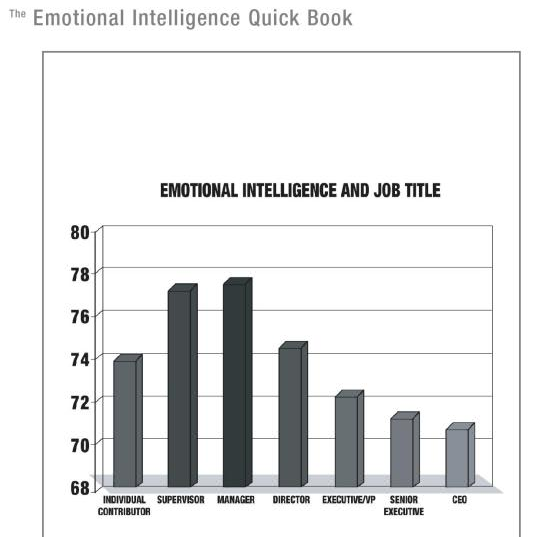The fools at Fast Company lent me the keys to their blog last week. Here’s what I scrawled in lipstick on their bathroom mirror…
Once in while I hear someone talk about innovation as leapfrogging the competition. I love this phrase because it’s so bold. It not only says we are going to innovate on the level of products or processes or management, but also that we’re going to do it in a way that jumps forward to a generation beyond the competition. A leapfrog is the most ambitious an organization can be, and few organizations are actually equipped to make such a massive change. But leapfrogging as a creative exercise to expand our thinking can be a powerful tool.
Let’s say you’re a supermarket getting your lunch eaten by Whole Foods and you want to find an innovative new positioning. You could start by reverse engineering Whole Foods to figure out what makes them so successful and then imagine what it would take to ‘leapfrog’ that success. One way Whole Foods succeeded was by combining the progressive-but-ugly health food store with the attractive interior design and high quality merchandise of newer supermarkets. Lately they’ve also combined their stores with a vitamin store called Whole Foods Body. To leapfrog them you could brainstorm around the question, “What haven’t they combined yet?” One answer is exercise, as in diet and exercise — the keys to a healthy lifestyle. We see this combination happening as gyms open health food cafes, but this is on a smaller scale. The opportunity space for you is a modern, attractive gym and food market that combines the two in a way customers love.
How will your organization leapfrog the competition?

